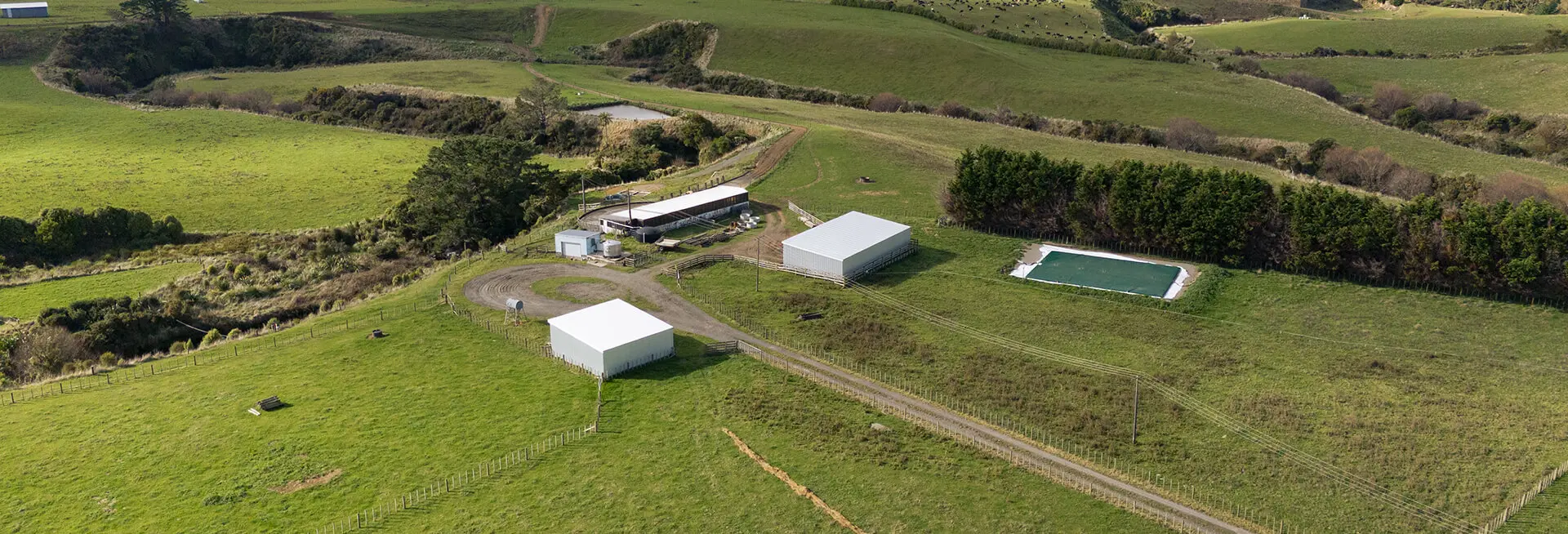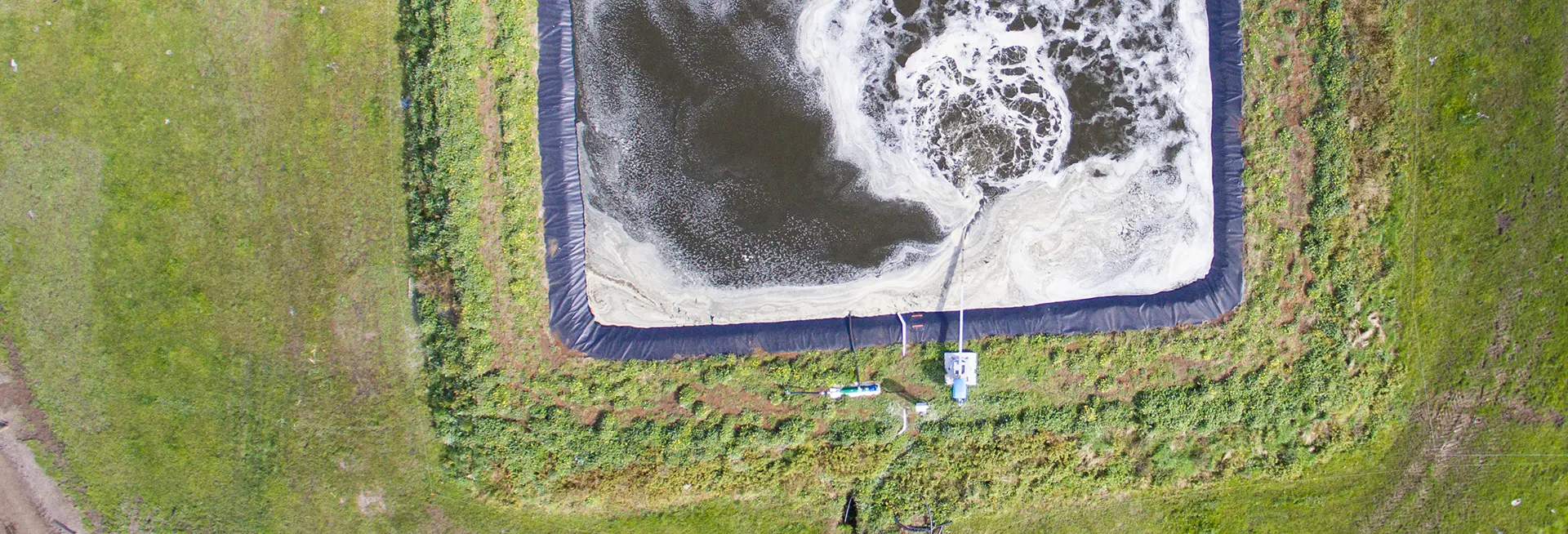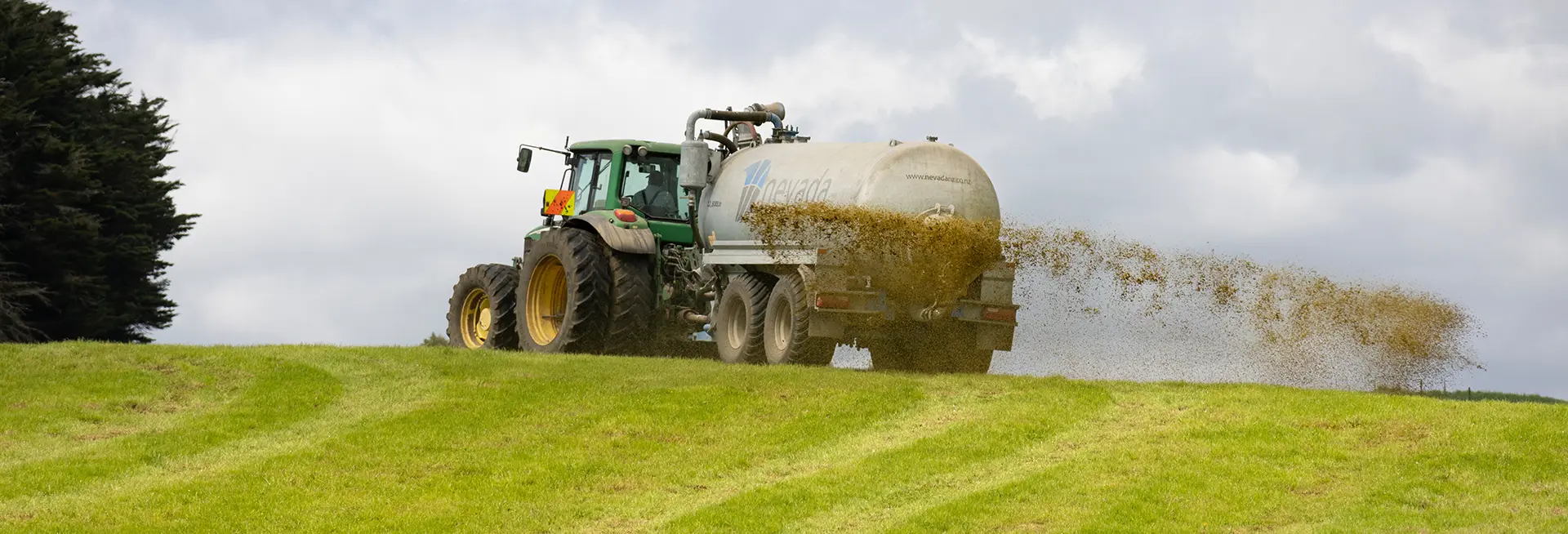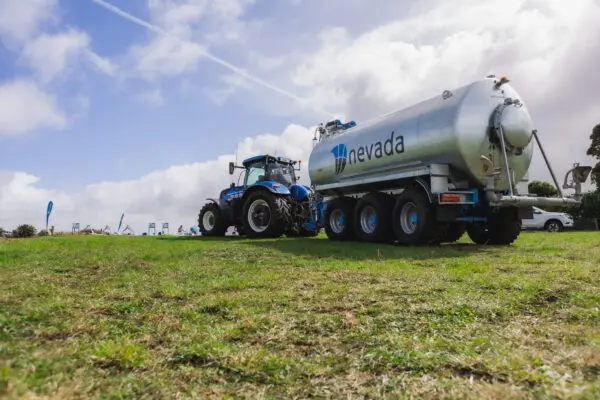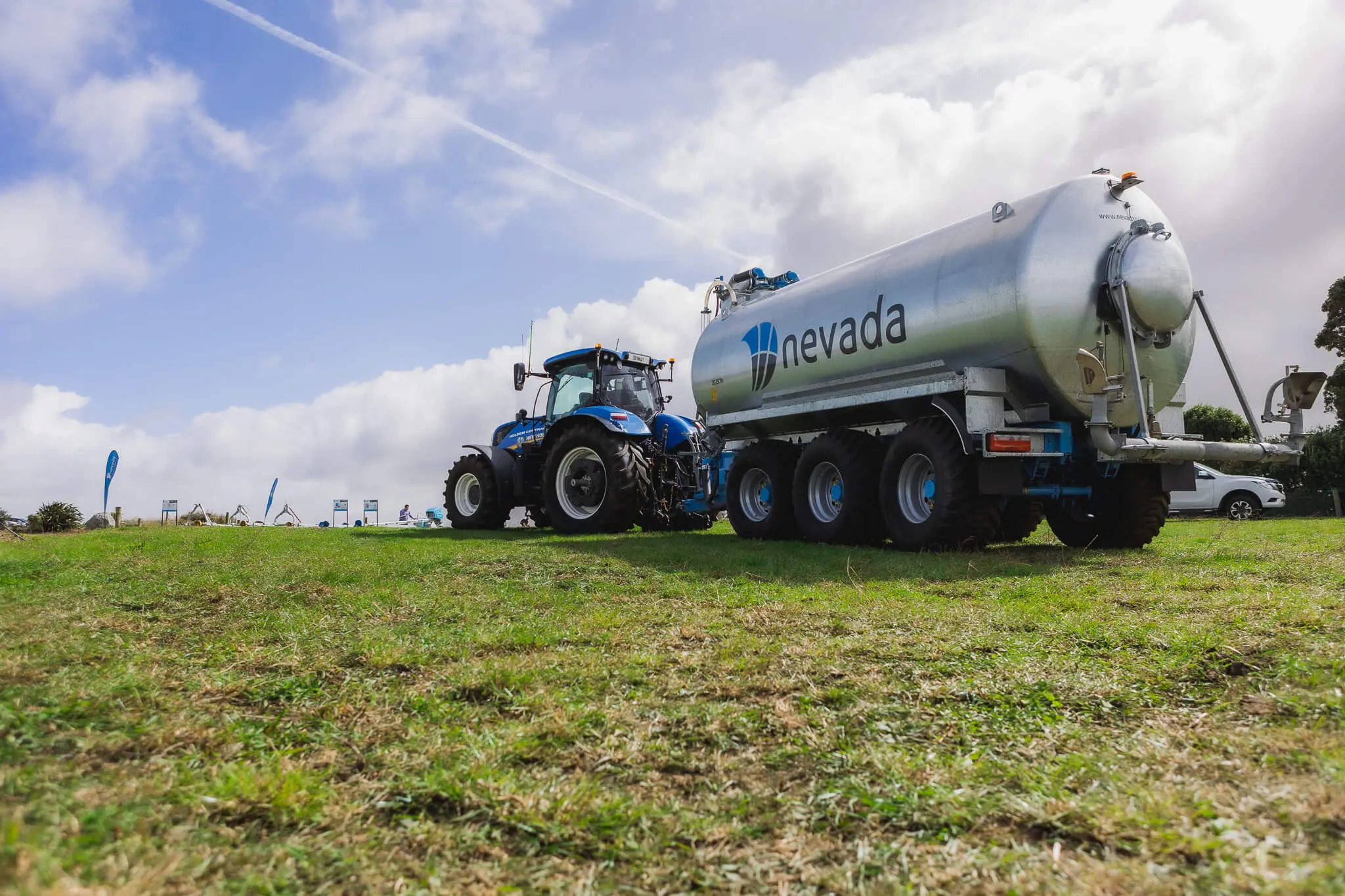We often get asked how much storage you need for dairy effluent
While cows generally tend to produce effluent all year round, the pasture in the ground isn’t always in a position to soak up all the nutrients. This could be due to a number of things, but weather conditions play a big part. If its too wet the plants are already saturated, so won’t be able to drink the nutrients which can lead to ponding and run-off. This is when your best option is to store it.
On the other side, Dairy farming is very susceptible to dry weather, and droughts. It’s at these times the pasture can really do with a good dose of nutrients. Effluent, really well mixed with water, is a great tool to maximising pasture growth, and it’s pretty cost effective since you’re producing it all year round!
Some of the key things you’ll need to consider when working out how much storage are:
- Soil type (high/low risk)
- Rainfall
- Concrete and other hard surface areas that catch rainfall
- Size of area that can have effluent spread onto it
- When and how much effluent can realistically be spread to pasture
To get a basic idea of how much storage you’ll need for the size of your farm, click here to go to the storage calculator on the Dairy NZ website. Or if you’d like a more advanced report, Nevada has more sophisticated software on hand to produce a report for storage requirements that are specific to your region.
Dairy effluent management shouldn’t be an excessively costly investment. The “nutrient” is sustainable, and Nevada can help you make the “management” sustainable too!
Store plenty of effluent, catch some rain water as well – no harm done.
Mix it all together really well, and spread it out to pasture at the right time as one product.
If you’d like a free farm assessment on your storage requirements, then give us a call on 0800 464 393!
